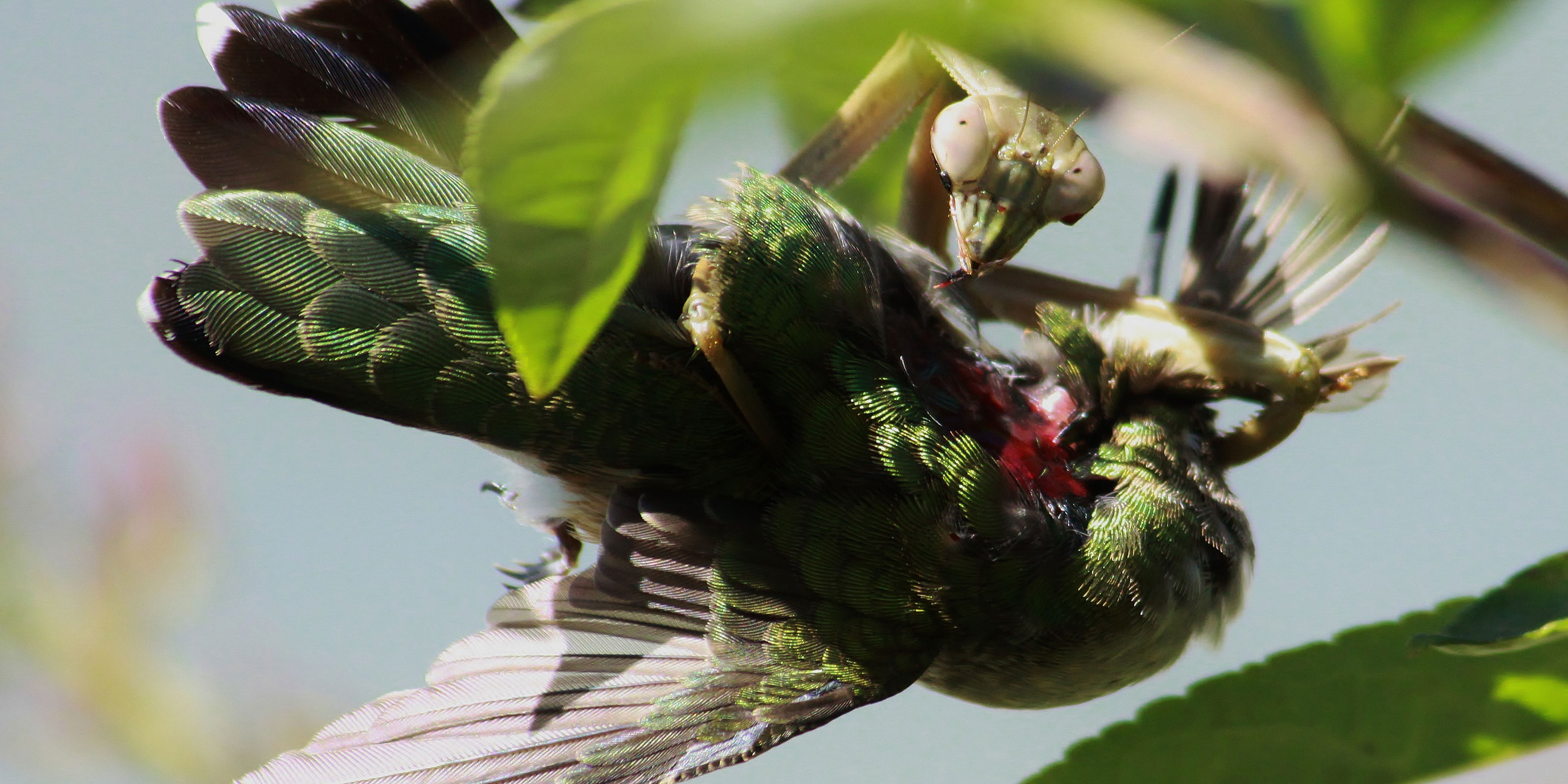


One mantid in a photo from Panama ( Figs. Reinhard Ehrmann verified identifications of Mantis religiosa. Maxwell (National University, La Jolla, CA, USA), using Helfer's (1987) key. Fagan (University of Maryland, College Park, USA), and Michael R. Mantids were identified by Reinhard Ehrmann (Staatliches Museum für Naturkunde Karlsruhe, Germany), William F. For 43 photos, North American hummingbirds and mantids were identified to the lowest taxon possible. The rapid increase in the number of incidents reported since 2000 is most certainly because of the uploading of photos and media to the internet as well as the growing popularity of artificial feeding stations for hummingbirds. Of these predation events, 4% had been reported prior to the year 1920, 29% from 1920 to 1999, and 67% between 2000–2015. Our search produced 45 published accounts, 37 accounts from bloggers, three newspaper accounts, five published photos, 48 photos or videos uploaded to internet sources, and nine unpublished accounts (D. Our compilation suggests that praying mantises frequently prey on hummingbirds in gardens in North America therefore, we suggest caution in use of large-sized mantids, particularly non-native mantids, in gardens for insect pest control. In North America, native and non-native mantids were engaged in bird predation. Of the birds captured, 78% were killed and eaten by the mantids, 2% succeeded in escaping on their own, and 18% were freed by humans. In Africa, Asia, Australia, and Europe, we found 29 records of small passerine birds captured by mantids. Captures were reported also from Canada, Central America, and South America. The Ruby-throated Hummingbird ( Archilochus colubris) was the species most frequently reported to be captured by mantids. Most reports (>70% of observed incidents) are from the USA, where mantids have often been seen capturing hummingbirds attracted to food sources in gardens, i.e., hummingbird feeders or hummingbird-pollinated plants.

Small birds in the orders Apodiformes and Passeriformes, representing 24 identified species from 14 families (Acanthizidae, Acrocephalidae, Certhiidae, Estrildidae, Maluridae, Meliphagidae, Muscicapidae, Nectariniidae, Parulidae, Phylloscopidae, Scotocercidae, Trochilidae, Tyrannidae, and Vireonidae), were found as prey. We found records of predation on birds by 12 mantid species (in the genera Coptopteryx, Hierodula, Mantis, Miomantis, Polyspilota, Sphodromantis, Stagmatoptera, Stagmomantis, and Tenodera). This has been documented in 13 different countries, on all continents except Antarctica. We review 147 incidents of the capture of small birds by mantids (order Mantodea, family Mantidae).


 0 kommentar(er)
0 kommentar(er)
